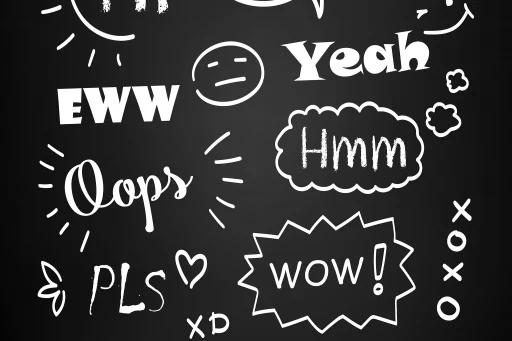Understanding IDGAF
The acronym IDGAF stands for “I Don’t Give A F***,” a phrase that expresses indifference or a lack of concern about something. In modern communication, especially among younger generations, acronyms like IDGAF have surged in popularity due to their efficiency in conveying emotions or attitudes quickly.
Origins and Evolution
The term IDGAF likely originated from the need for brevity in texting and online communication. The increasing influence of social media platforms, where character limits are often imposed, has accelerated the use of such abbreviations. Initially popularized in early 2000s hip-hop culture, the phrase has found its way into everyday vernacular.
How IDGAF Is Used
IDGAF can be used in various contexts, depending on the situation. Here are some examples of how it’s commonly applied:
- Casual Conversations: Friends might use IDGAF to lighten the mood or to express their lack of concern over trivial matters.
- Social Media Posts: Users might tag their posts with IDGAF to signal their rebellious nature or nonchalance toward societal norms.
- Expressing Discontent: In more serious contexts, individuals may use IDGAF to communicate their frustration or disdain towards a situation or person.
Implications of Using IDGAF
While IDGAF can have humorous or light-hearted applications, it can also carry a more serious tone. The implications of using this acronym can vary widely based on the audience and context:
- Potential Misunderstandings: Depending on the recipient, IDGAF may come across as rude or disrespectful. Using it in formal settings is generally discouraged.
- Indicator of Attitude: If someone frequently uses IDGAF, it may indicate a carefree or rebellious mindset, which can affect how others perceive them.
Case Studies: IDGAF in Different Contexts
Let’s delve into some hypothetical case studies that illustrate the varied use of IDGAF:
Case Study 1: Social Media Influence
A popular influencer tweeted the phrase “#IDGAF about your opinions, I’m living my truth.” This statement resonated with many of their followers who appreciated the candidness. The tweet went viral, spawning numerous memes and tags that echoed the sentiment across platforms.
Case Study 2: Workplace Communication
In a more formal scenario, an employee uses IDGAF in a group chat with colleagues regarding a common project. This could lead to discomfort among team members who might view it as unprofessional, highlighting the importance of context when using such terms.
Statistics: The Popularity of Acronyms
According to a survey conducted by Pew Research Center in 2022, approximately 75% of teenagers use acronyms like IDGAF in their texting and social media communications. Here are some key statistics:
- 85% of youth surveyed reported using at least one acronym daily.
- 70% of respondents believe that acronyms make communication faster and more efficient.
Conclusion: The Double-Edged Sword of IDGAF
IDGAF is an emblem of modern communication that embodies the casual, sometimes irreverent spirit of today’s digital interactions. While it can spark relatability and humor, it is crucial to be aware of its context and the audience. Language is a fluid means of expression, and understanding the weight behind expressions like IDGAF can foster more meaningful communication.


